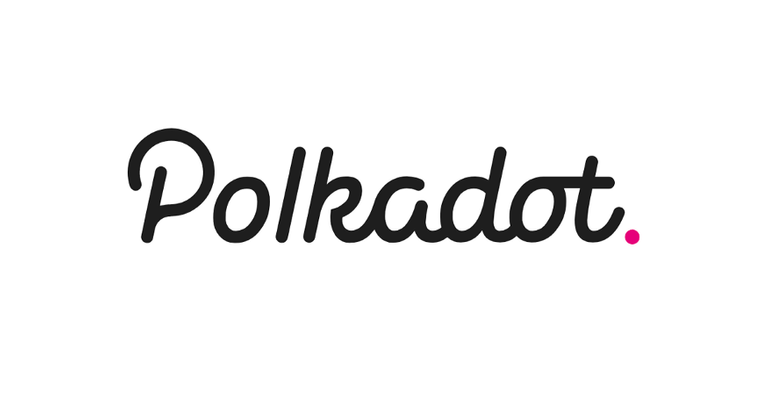One of the most popular use cases for the newer crypto blockchains is smart contracts. This feature allows developers to create decentralized apps (Dapps) that can provide a variety of functions. However most of these stay stuck to their native blockchain and has a hard time interacting with other blockchains than its native one. Polkadot aims to fix this by implementing a network that allows different blockchains to interact.

Background
The start for Polkadot took place all the way back in 2016, the main founder being Gavin Wood, an important figure within the launch of the Ethereum blockchain. Solidity is the programming language that Ethereum's smart contracts are based on, and Gavin wrote the language. The genesis block of the network was launched in the summer of 2016 (half a year after Gavin left Ethereum development) and functioned as a PoA (Proof-of-Authority) blockchain, it switched over to Proof-of-Stake after enough validators joined the network.

The initial investment into the network and development was 145 million dollars. The network is fairly old compared to the top 100 cryptos, but it is very new with its use as the network's genesis block was launched in may 2020. It also has a test network where developers can deploy and test the features without committing to making any changes, this network is known as Kusama. It was launched in 2019 and was quite popular despite its sole purpose being a testing ground for Polkadot users.
Network
I won't go into Kusama, as far as we're concerned it functions the same as Polkadot but is a testnet. Polkadot, however, is ran as a Proof-of-Stake utilizing hybrid protocols, those being BABE and GRANDPA. BABE (Blind Assignment for Blockchain Extension) is the process of block creation where validators are selected at random for block creation with a randomized roll where the lowest few get to create blocks in this cycle. In the case of noone rolling low enough validators are selected in a round-robin method. All validators then vote on creating new blocks and transactions and start releasing it to the nodes in the network. There's a catch however, there's a race where the winner is the validator which can release its version of the chain to the most nodes.
This creates a kind of chaos where there are several parallel chains running at the same time with fairly similar transaction history, this is where GRANDPA comes in. GRANDPA or GHOST-based Recursive ANcestor Deriving Prefix Agreement works as an oversser and controls the chains and trims them down. BABE exists to promote network speed and to prevent any bottlenecks as there are several chains that could be the master. GRANDPA verifies which chain that has reached the most nodes and creates a new finalized block, all other running chains are rendered NULL. Now the validators start creating new blocks using BABE while GRANDPA gets ready to perform the finalization again.

This technology can also easily allow that transactions are spread out over different chains. These chains spread out from the Relay chain, where all the validators are staked. This relay chain mainly function as a governance hub where the entire network is coordinated. This Relay chain can also be used to revert a parachain to a previous state in case of an error, all connected parachains are also reverted according to the Relay chain. This causes the network as a whole to have great security as the Relay chain prevents any and all errors. These parachains act as bridges between different networks where the native coin and tokens can be used securely and broadcasted across all parachains, two examples of this are Bitcoin & Ethereum. These parachains are limited, however, and networks need to auction and bid to be able to access these.
Use cases
The use case for Polkadot is to allow interoperability between different blockchains to allow Dapps to connect and interact with each other and allow transactions to take place. Other than investing, this is the main use case which means that the network can have around 100 customers at most, those being the different blockchains. The necessity for this will grow with time as more smart contract networks are created attempting to be better than the last.
Polkadot is a secure easy implementation as each network only needs to bridge to one parachain and then having access to all connected blockchains. Security isn't a necessity as the Relay chain oversses the entire network which also means that thanks to the validators, the entire network is decentralized and permissionless. The Polkadot also has an internal oracle which can gather data from the parachain, entirely on-chain. This is different from other oracles as they tend to gather data off-chain from multiple data points.
Today
Polkadot had a shaky 2021 with the black Thursday back in spring, but has since bounced back. The network being live and having an ever growing list of inter-operating blockchains keep cementing it has the go-to hub for connecting to different networks. The main negative aspect of Polkadot is that it's highly inflationary, and you practically need to have your coins staked to not be affected by the inflation on the network (inflation 10% Vs. staking 12%). The inflationary aspect exists to mint coins to provide to stakers and users/validators of the Kusama network. How strong the Polkadot network will grow to be can only be answered with time